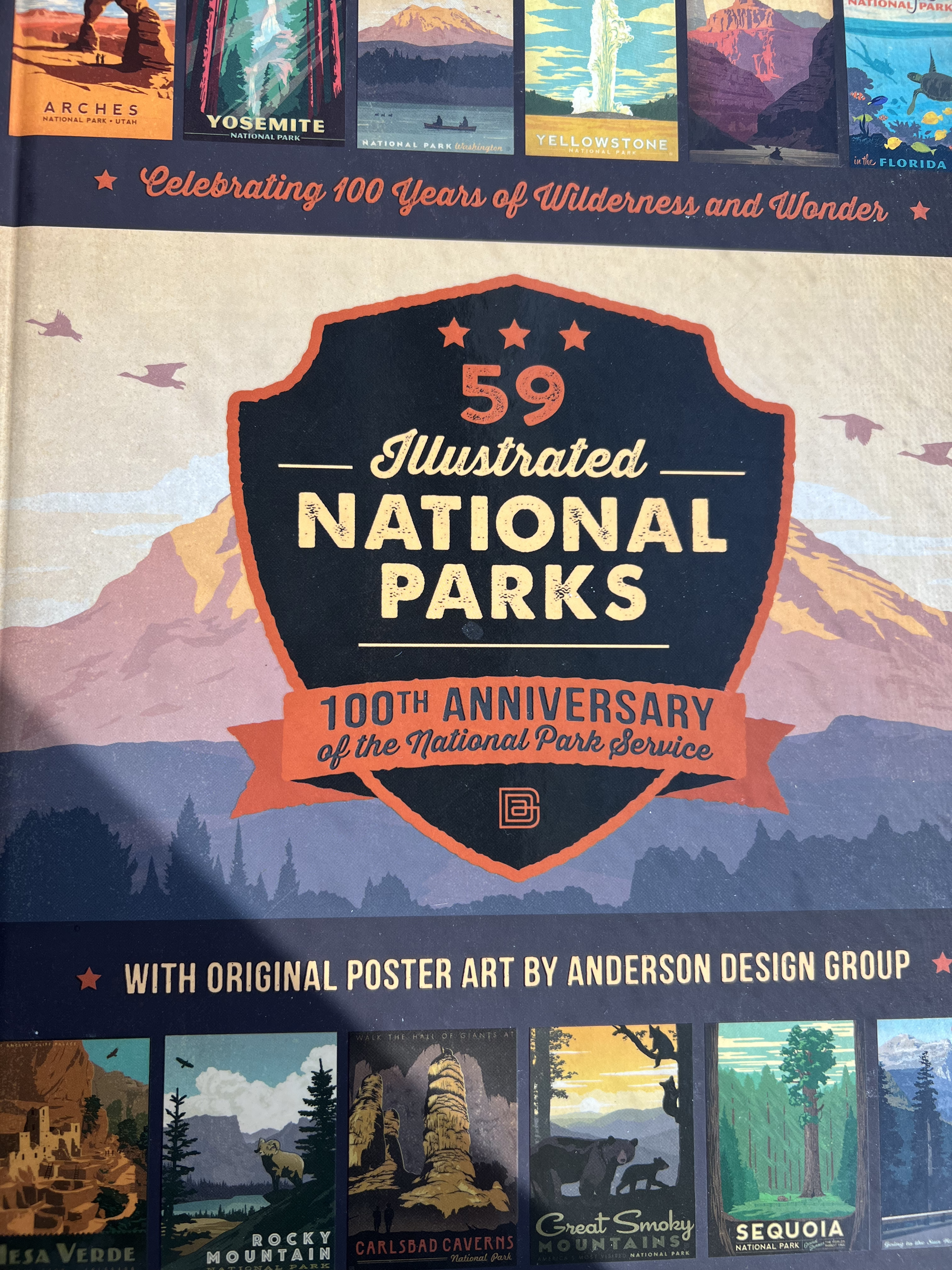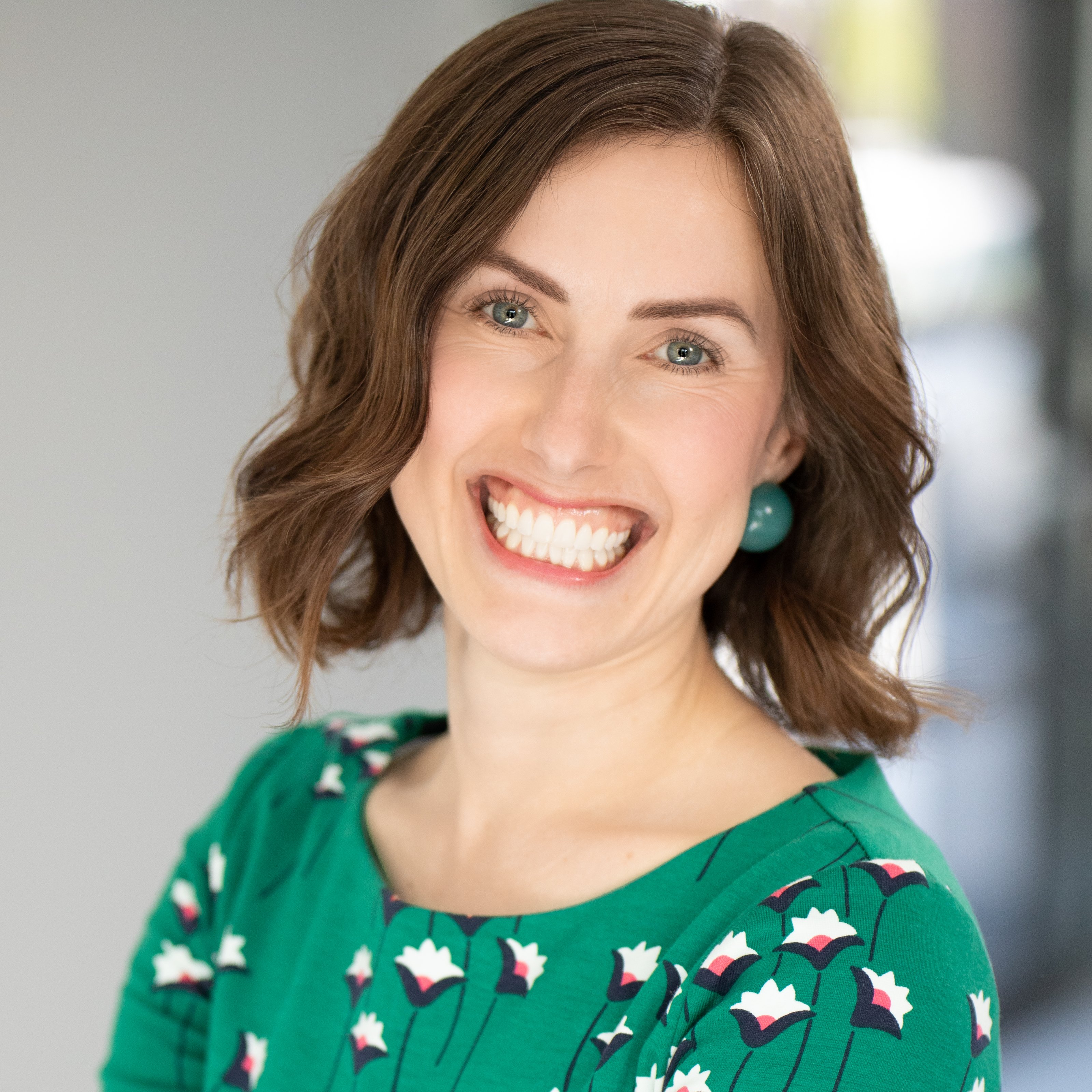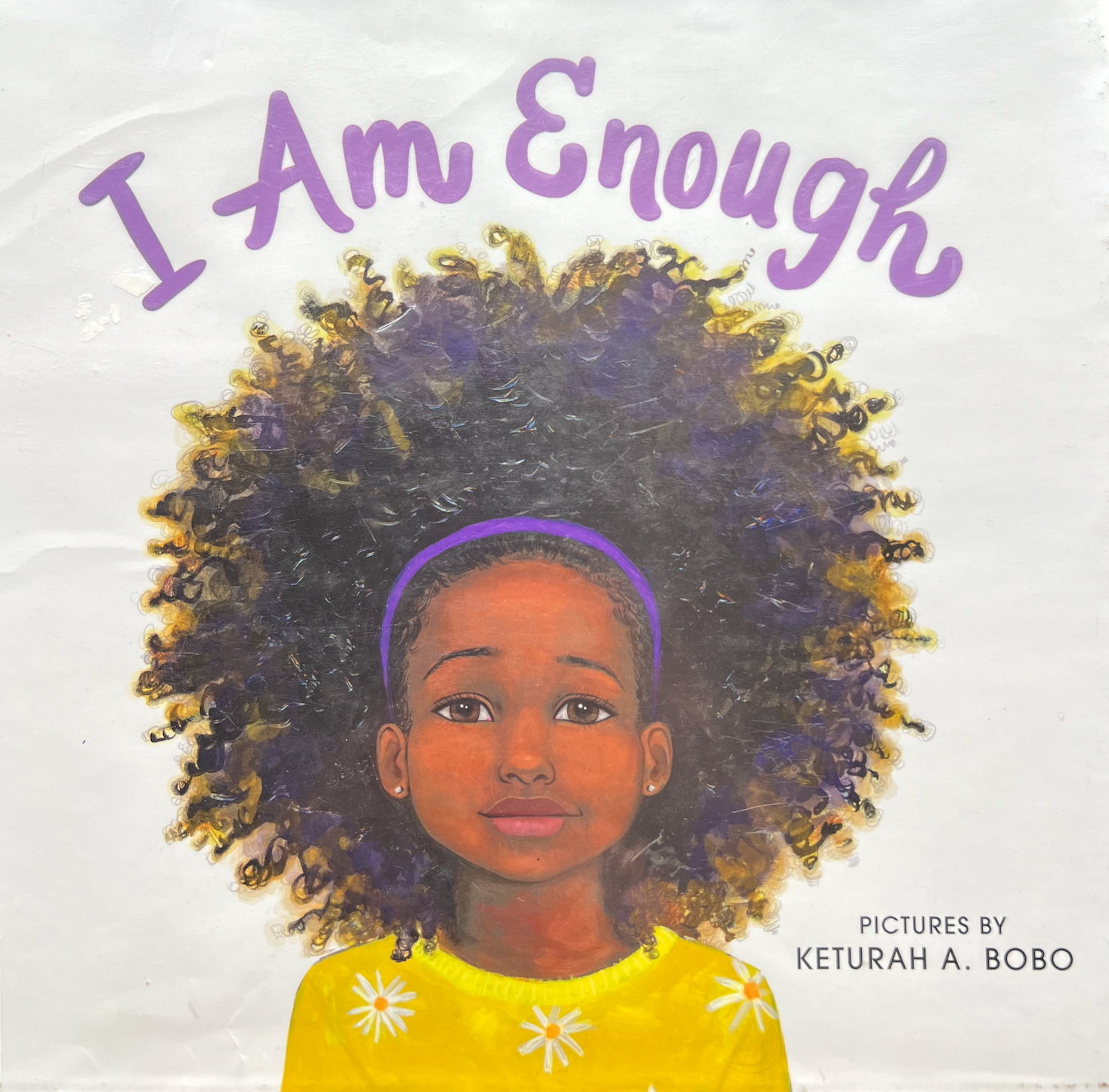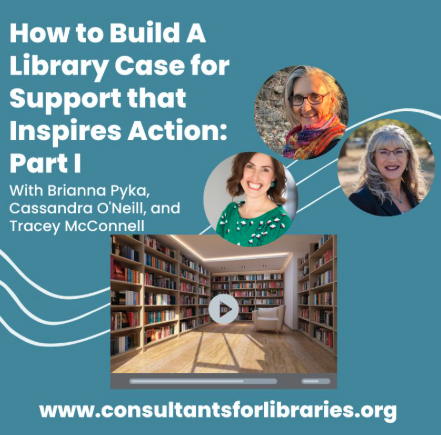Building Relationships with Major Library Donors: Realistic Timelines and Strategies
- 4 mins
For libraries and their supporting organizations, major gifts can be transformational. They fund new collections, innovative programs, building renovations, and technology upgrades that might otherwise remain out of reach. But the journey from initial contact to a significant donation isn't a sprint—it's a carefully cultivated marathon that requires patience, strategy, and relationship-building finesse.
At Fundraising for Libraries, we've observed that many libraries underestimate the time required to develop these valuable partnerships. Let's explore realistic timelines for major gift cultivation and three proven strategies to deepen donor relationships that can be implemented immediately.
Understanding the Major Gift Timeline
The path to securing a major library gift typically unfolds over months or years, not weeks. Research from the Association of Fundraising Professionals suggests that the average major gift cultivation period ranges from 18 to 24 months. While this might seem daunting, embracing this timeline allows for authentic relationship development and prevents the counterproductive pressure that can derail potential donations.
A realistic major gift timeline generally includes these phases:
- Identification and Research (1-3 months): Identifying prospects with both capacity and affinity for your library's mission, researching their interests, giving history, and connections.
- Initial Engagement (2-4 months): Making meaningful first connections through personalized outreach and invitations to library events or behind-the-scenes tours.
- Relationship Development (6-12 months): Building deeper connections through regular, value-added interactions that connect donors to your library's impact. Hint! Asking for advice is a great way to develop a relationship.
- Cultivation (3-6 months): Aligning donor interests with specific library needs and opportunities through strategic conversations.
- Solicitation (1-2 months): Making the actual request, which represents just a small portion of the overall timeline but builds on the foundation of trust established earlier.
- Stewardship (Ongoing): Continuing the relationship through thoughtful recognition, impact reporting, and involvement.
Remember that these timeframes are flexible, especially for donors who already have established relationships with your library. The key is patience and persistence—rushing the process rarely leads to optimal results and can permanently damage potential relationships.
Three Strategies for Building Deeper Donor Relationships
1. Create Meaningful Insider Experiences
Nothing builds connection like exclusive, behind-the-scenes access that makes donors feel like valued partners rather than just checkbooks. Libraries possess unique resources that can create unforgettable experiences for major donors:
Actionable Steps:
- Host intimate curator talks around special collections where donors can handle rare materials with expert guidance
- Organize "Library After Hours" events where major supporters get private access to spaces normally bustling with patrons
- Create a "Director's Circle" that meets quarterly to preview upcoming initiatives and provide feedback on strategic directions
Here’s an idea: Plan a "Collections Conversations" where you share treasures from your community’s local history collection with potential major donors. These events cost minimal resources to produce but can have a big return on your time investment.
The timeline for these experiences to translate into major gifts varies, but consistent engagement over 12-18 months often creates the conditions for successful solicitation.
2. Develop Personalized Communication Pathways
Major donors deserve more than the standard newsletter. They require tailored communication that acknowledges their specific interests and demonstrates the library's value in terms that resonate with them personally.
Actionable Steps:
- Create donor interest profiles through conversations and careful listening that document specific collection areas, programs, or services that excite each major prospect
- Establish quarterly personal update schedules where the library director or board chair sends individualized notes about progress in the donor's interest areas
- Share relevant media mentions or research that connects to their professional or personal passions
Here’s an idea: Organize a "Passion Alignment Program" where each board member is responsible for sending personalized updates to three major donor prospects based on documented interests.
Remember that effective personalization doesn't require daily communication—consistency and relevance matter more than frequency. Aim for meaningful contact every 6-8 weeks to build relationships without overwhelming either your staff or your donors.
3. Create Meaningful Volunteer Opportunities Beyond the Board
Traditional wisdom suggests board service as the primary volunteer opportunity for major donors, but many potential supporters lack the time or inclination for such a commitment. Creating alternative engagement opportunities can build equally strong connections.
Actionable Steps:
- Develop a "Collections Advisory Group" where bibliophiles can provide input on special acquisitions
- Establish a "Technology Futures Committee" for those interested in how libraries are evolving in the digital age
- Create "Program Ambassadors" who help connect library offerings to specific community segments
Here’s an idea: Consider a "Literary Leaders" program where major donors served as judges for community writing contests and presenters at author events.
For these opportunities to translate into gifts, plan for at least 6-12 months of engagement before solicitation. The investment of time yields not just donations but also valuable insights and community connections.
Setting Expectations and Celebrating Progress
While developing these relationships, maintain realistic internal expectations about timelines. Major gift fundraising requires organizational patience and consistent effort. Track meaningful engagement metrics beyond just dollars raised—including contact frequency, event attendance, and qualitative relationship development—to demonstrate progress during the cultivation period.
Most importantly, remember that authentic relationship building can't be rushed. By implementing these strategies with consistency and patience, your library can develop a sustainable major gifts program that grows in impact year after year. The most valuable donor relationships often span decades, not just a single campaign, making your investment in relationship-building a cornerstone of long-term fundraising success.
What steps will you take this month to begin deepening relationships with your library's most important supporters? We’re here to help should you need support!




